I’ve been asked – “what are the do’s and don’ts of visiting Cuba?”
The most trending destination today is Cuba. Everyone wants to go and see it before it changes. I grew up in the era of the ’60s when information about Cuba centered around the revolution, Communism, and a strangely unique area called the “Bay of Pigs!” To a six-year-old, that name alone created both fear and curiosity of what type of place would have a bay with pigs. I wanted to see it for myself – not on a TV screen or during social science class.
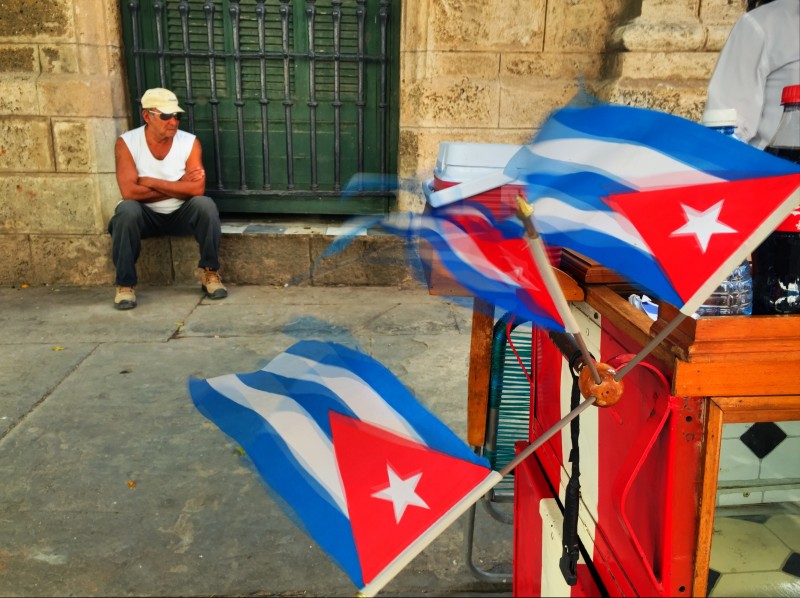 Through the years, we heard of boat loads of refugees seeking a better life and risking all to join family members in the U.S. The photos and news reports had me wanting to know more; to understand and learn more about Cuba and what would persuade people to risk their lives to sail across the ocean.
Through the years, we heard of boat loads of refugees seeking a better life and risking all to join family members in the U.S. The photos and news reports had me wanting to know more; to understand and learn more about Cuba and what would persuade people to risk their lives to sail across the ocean.
In the 1980’s I worked with Pan Am in Miami and developed a love for Cuban sandwiches, drinks, and music. It is the flavor of my experience when I think of those days. A country that is the base of such great culture – must be an amazing place.
I always wanted to visit this mysterious island. I asked myself, “Where exactly is it located?” Although geographically speaking I knew exactly where it was on the map; my childhood impressions lived on, making Cuba a mysterious land of beautiful people, delicious food, and heart-throbbing music. I pictured myself sailing up to the island through a thick haze of fog, clearing to reveal a lush tropical land, with calypso dancers greeting me, dressed in colorful attire with fruit piled high on top of their heads. Cuba – I have arrived!
Last year I had an opportunity to visit for a short trip. The night before, I packed with the excitement of a college student preparing for her spring break trip. I couldn’t sleep. I looked forward to the antique cars and beautiful shoreline and tasting Cuban food prepared in a kitchen on home soil.
We arrived and started our tour right away. Bright orange and neon blue 1950’s cars zipped by honking horns with tourists smiling while their hair blew in the wind. People were gathered in small groups, talking and laughing during quick chats; which seemed to be an everyday experience they were anxious to share.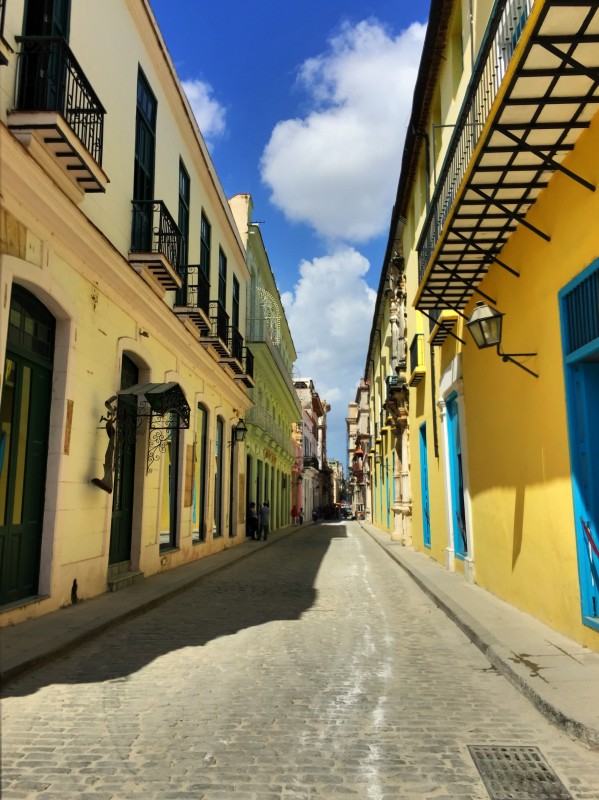
We passed buildings with architectural designs that rival some of the best colonial buildings I have seen. The only surprise was the amount of disrepair and crumbling facades in need of paint and patchwork. As I looked closer, the effects of so many years of economic embargo became evident; fading paint, broken windows, and doors with people watching the day go-by.
Our tour took us all around the sites and tourists spots of Havana; with a guided tour Old Havana. We hit the high points. With each stop the national pride and human fortitude shone through as people performed musical selections, share artistic creations and talked about their beloved country.
Amazing to see the human spirit soar to such great heights of strength and love, in the face of limited economic resources. We enjoyed excellent meals, visited the home of Hemingway and learned about the history of this beautiful island through the stories and points of interest shared by our local tour guide.
Visiting Cuba you are struck by the question of “how will the country change now 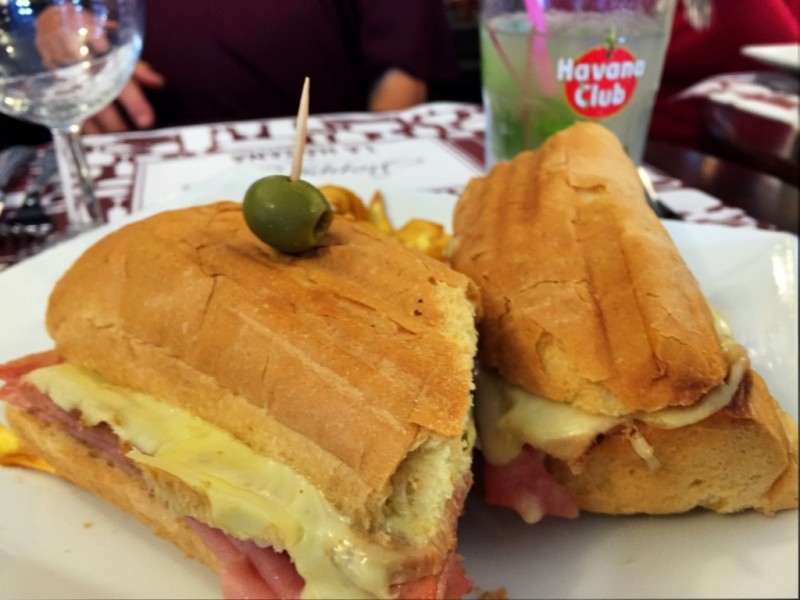 that tourism is opening between Cuba and the U.S.?” It is sure to change. “Will this change include everyone?” I have been asked, “Will we see the major U.S. fast food chains dotting the corners around the island?” I think what travelers deeply want to know, is “will I have a chance to see it before things change too much? Will I see it as it is now – a trip back in time?”
that tourism is opening between Cuba and the U.S.?” It is sure to change. “Will this change include everyone?” I have been asked, “Will we see the major U.S. fast food chains dotting the corners around the island?” I think what travelers deeply want to know, is “will I have a chance to see it before things change too much? Will I see it as it is now – a trip back in time?”
Some of those questions are easier to solve than others. Change never includes everyone. There are those who prosper more than others, those who can shift with change and those left behind. We can hope the gap between people who have access to opportunities and those who are limited is not wide. And, eventually there will be the famous and popular fast-food chains; and if we compare to other Caribbean countries, there probably will not be a huge amount. That’s a good thing to maintain the authentic Cuban food experience.
According to travel professional who follow and stay up-to-date on changes, have said travel for U.S. citizens isn’t likely to change too much too fast. Today, the majority of U.S. citizens continue to go under the People-to-People designation. There are some who travel to visit family or on business.
I enjoyed my time in Cuba and wanted to share the experience with others. I am planning a trip in May, which will include visits to several of the places on my previous trip and new spots too. I am frequently asked, what can I do and not do in Cuba. I’ve put together a list that should be helpful. It’s important to keep in mind, things are changing fast, while some things continue to change slowly; and it’s best to double check with your tour company. But, this list should help for now! Here’s wishing you a trip filled with intrigue, adventure and fun – all while learning about this beautiful island at the tip of the Caribbean.
Don’ts
– Do not bring along credit cards. Many American banks do not have an agreement with local banks for card usage in Cuba. Hopefully, this will change soon with Visa and MasterCards accepted. Keep in mind, this will most certainly come with a significant commission of eleven percent.
– Do not take photos of military or police personnel
– Do not carry anything for someone to or from the country.
– Do not drink the water. Use sealed bottle water for drinking and brushing teeth
– Do not exchange money on the streets. Use official Cadeca Casa de Cambio (exchange bureau),
– Beware of street hustlers offering unsolicited help and assistance.
– When taking photos, especially in Old Havana, watch for street performers dressed in costumes requiring money to take their pictures. While some will be great photos, be prepared with small change if you will want those photos.
– Do not assume pictures with residents in tourist areas are free of charge. Especially photos with people dressed in national costumes.
– Cell phone service is not available for U.S. cell service providers.
– The Internet is not widely available and where there is access it is expensive. Plan your time on the internet, so you get done what you need promptly. A good idea would be to pre-write email messages and any social media post you are planning.
– Do not bring valuable items such as jewelry with you. Leave your bling, bling at home and enjoy the laid back style of Cuba.
Do’s
– Bring along gift items for tour guides, hotel staff and some of the residents you meet. Things such as shampoo, soap, and toys. Some people feel this is not a good idea and encourage begging back-street markets. There is a large amount of poverty, and small useful gifts are appreciated by those you interact with closely.
– Count your change to ensure you receive the correct amount. Cuba has a dual currency system. The official currency used by locals is the Cuban Peso (CUP), and Cuban Convertible Peso (CUC) is the tourist currency. The CUC incurs a hefty tax and commission when exchanging dollars. Canadian dollars or British pounds are not taxed as much. Shop owners may short change you, so count your money carefully.
– Cuba is a cash society – bring it along and leave the credit cards at home. Many people say, “Cash is King!” Take this as a strong suggestion to carry a larger amount of money than you normally would on a trip. On my trip, I had $1000. I didn’t need very much of it because everything was included in the tour. But, I always travel with my “just in case” cash and took extra because of the lack of access to cash via ATMs or credit card use.
– Pack and travel light. Luggage weight is checked going into and out of Cuba. No need to pay for overweight bags.
– Take care of your personal items. While crime is low in Cuba, there are incidents of pickpocketing and purse snatching. Carry limited amounts of cash with you, leave important documents in the hotel safe.
– Make a photocopy of your important documents. Leave a copy at home and bring an extra copy in the hotel safe or locked in your luggage.
– Learn a few words in Spanish. It’s always a good idea to learn a few basics in the local language.
– Bring along your electrical adapters. Most hotels use the two prong adapter.
– Bring along condiments. I found the food on my trip to be appetizing. There was lobster on the menu; flavorful pork dishes all excellent. However, I know people who have traveled to Cuba and found the food lacking in flavor. They have suggested bringing individual packets of sauces to help make food tastier.
– Tipping is allowed and also a nice gesture. Salaries are very limited. Travelers can help by tipping and even in situations where tips may be included in the tour fees.
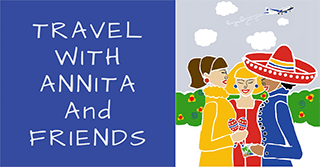
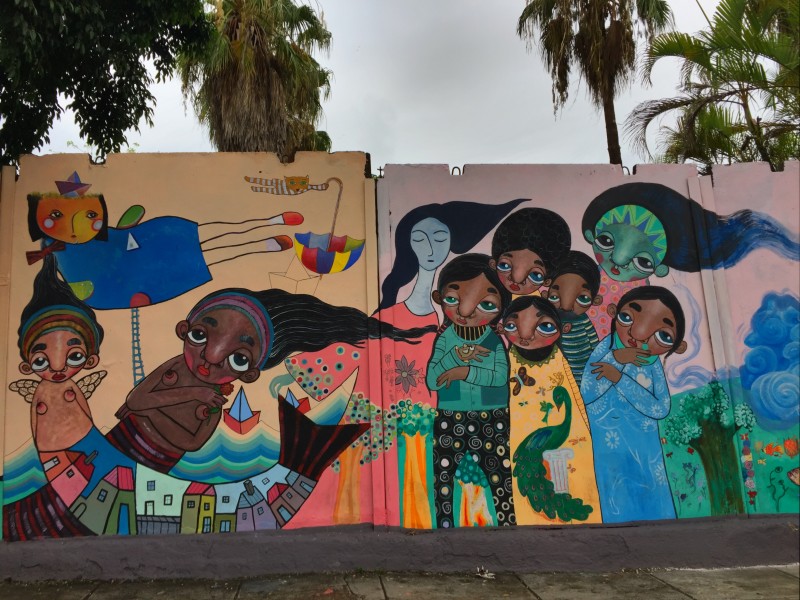
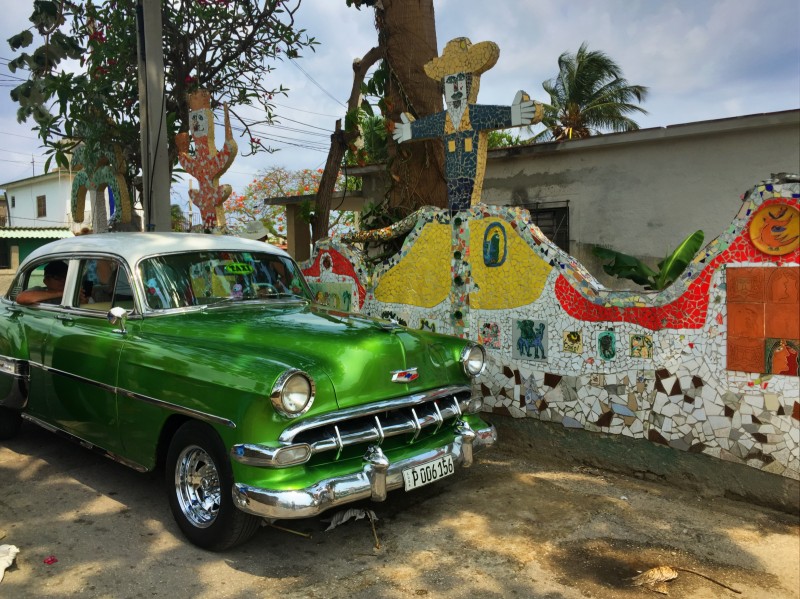

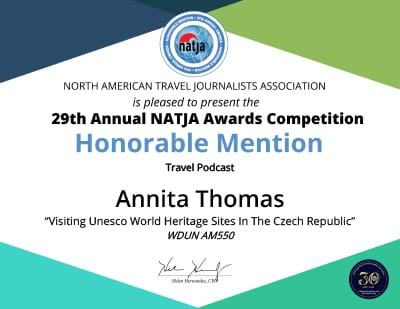
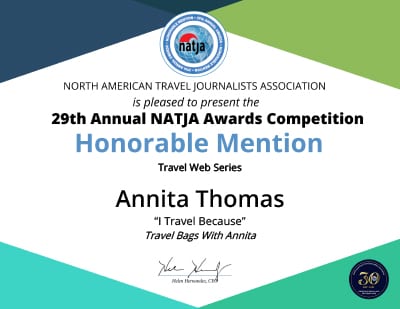
0 Comments